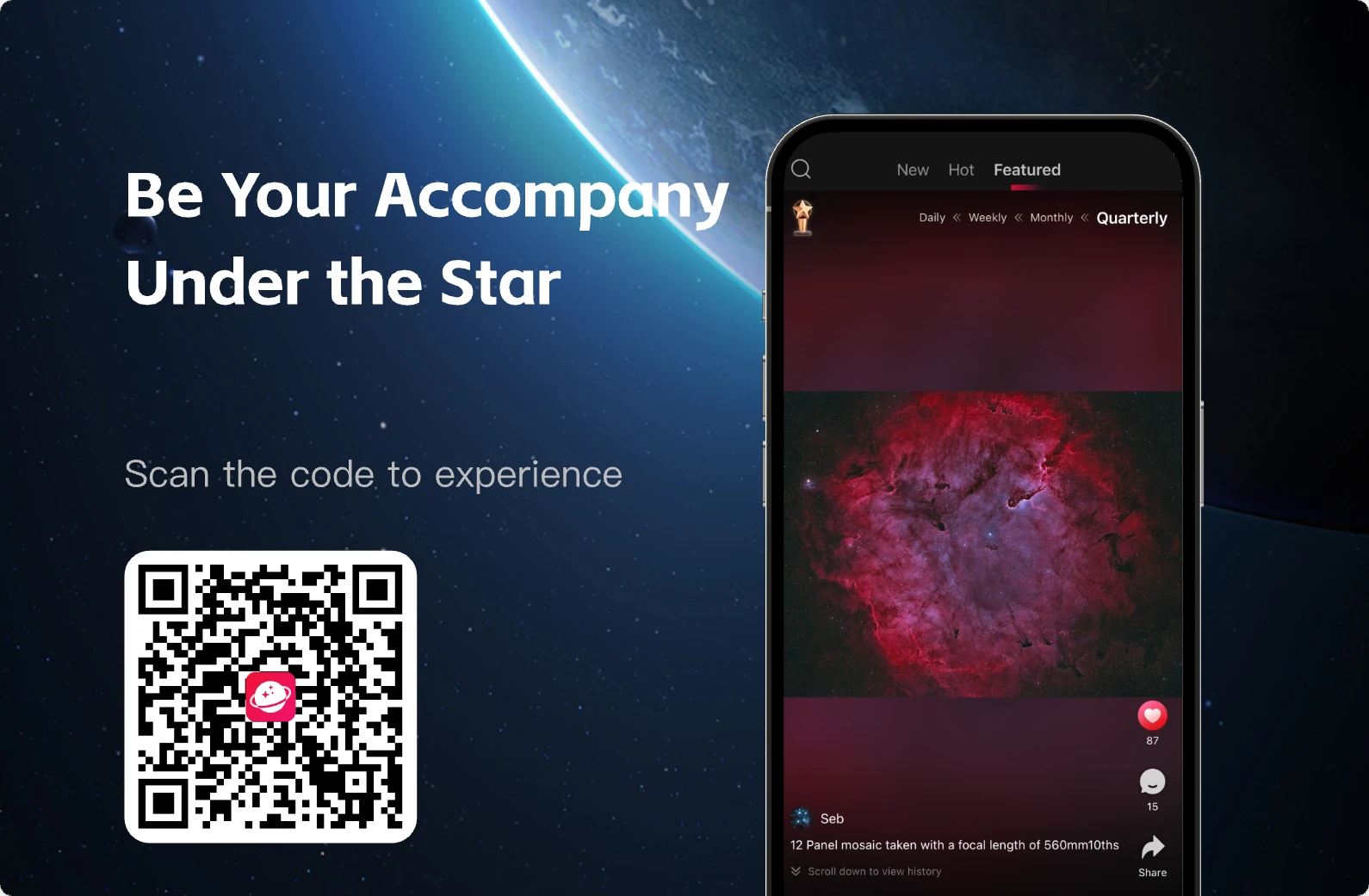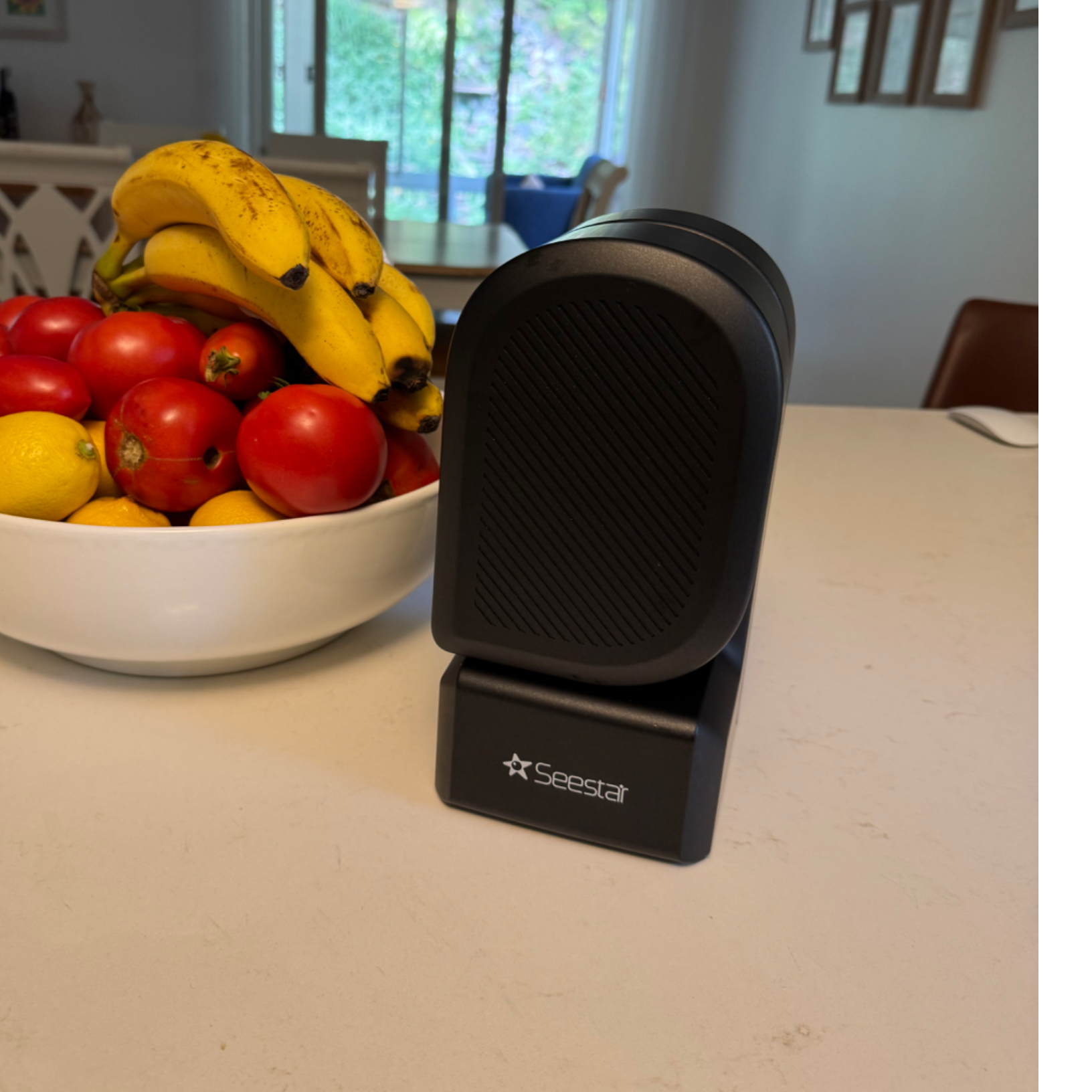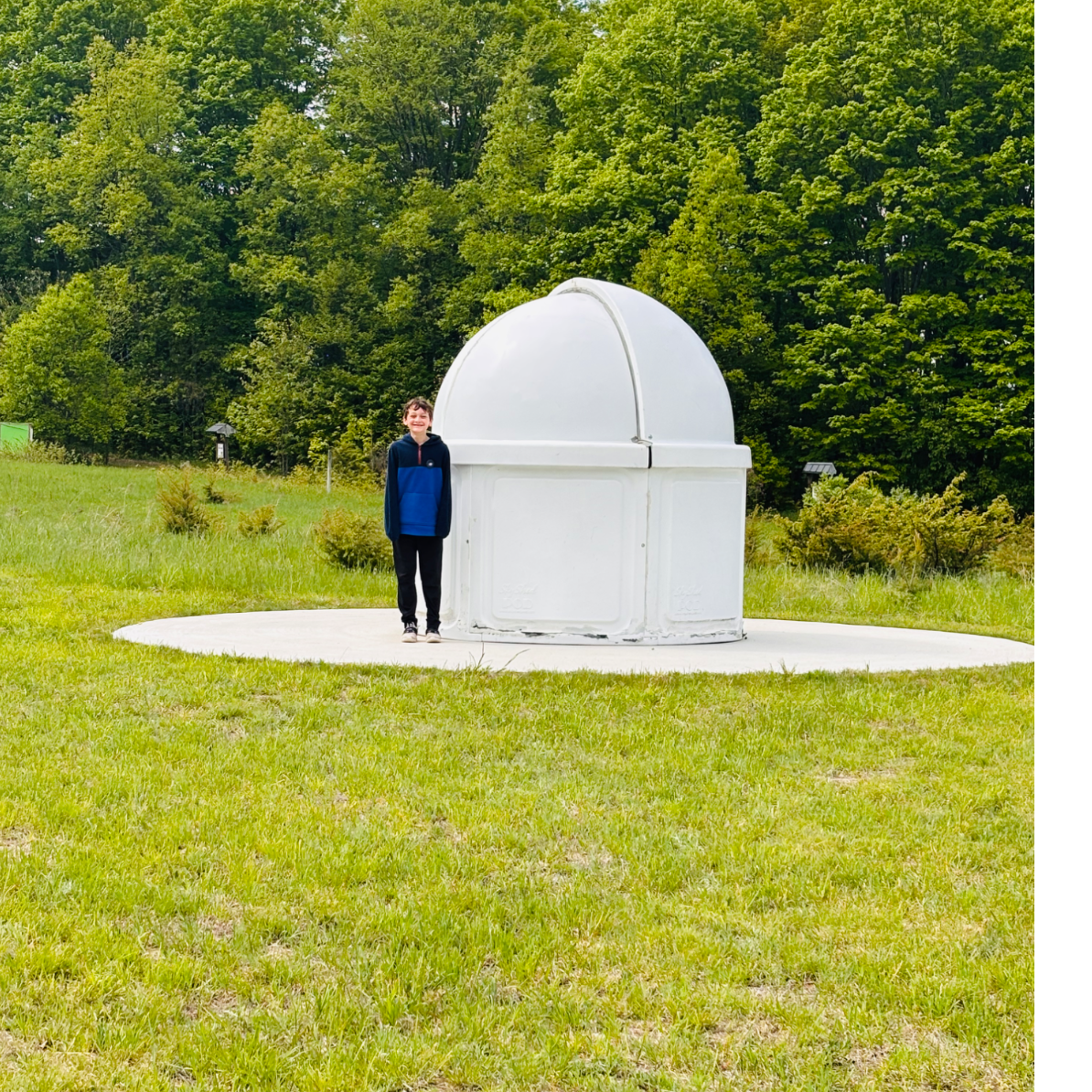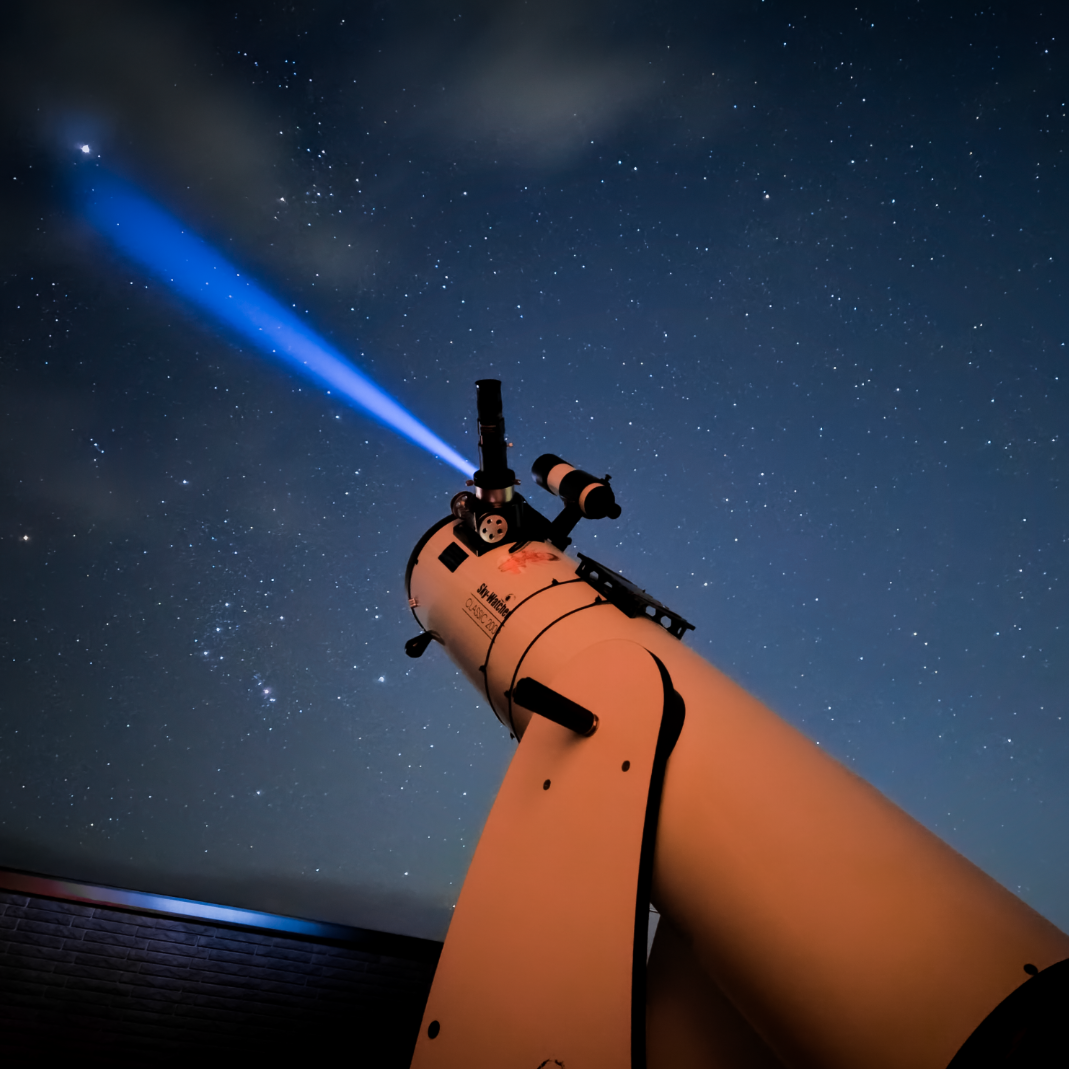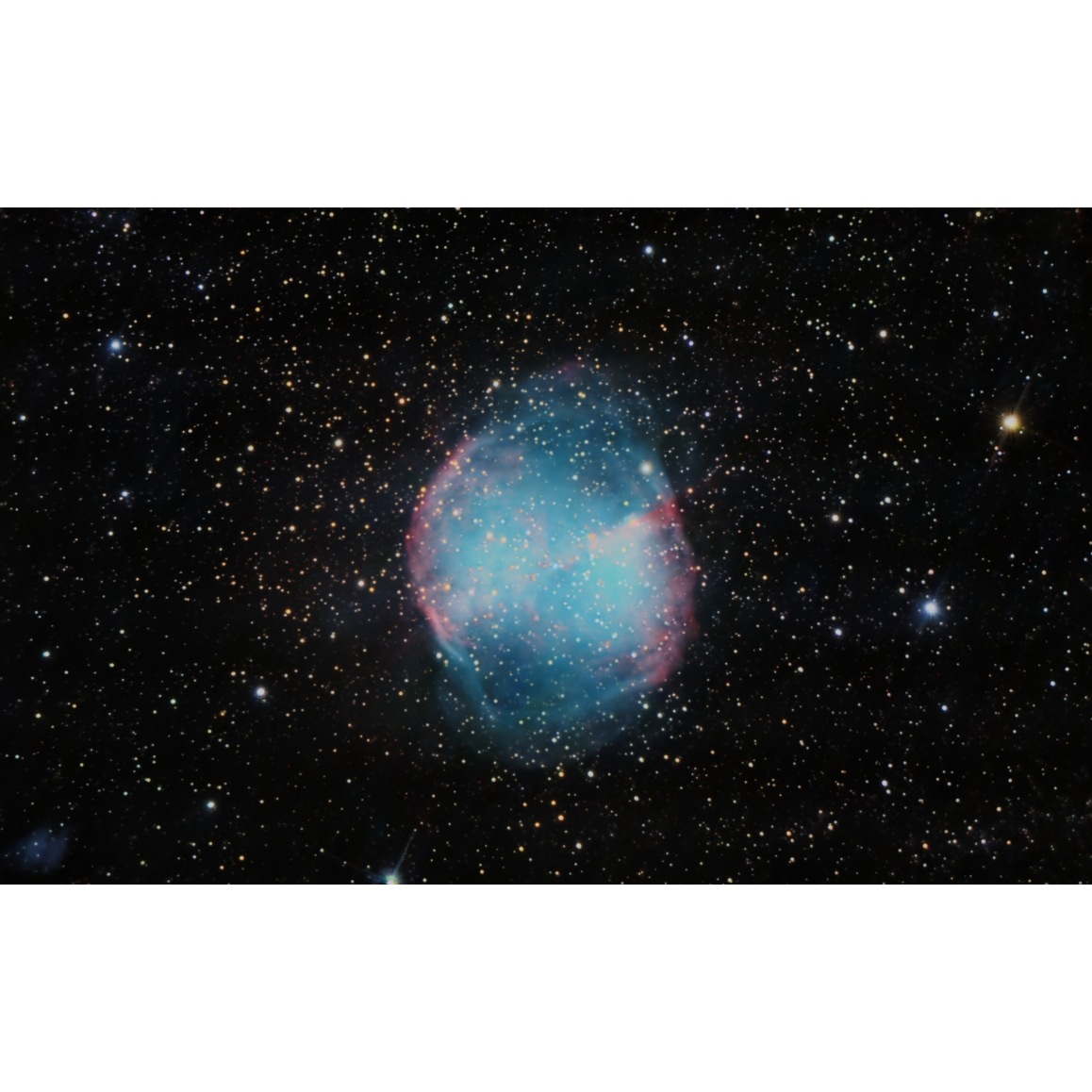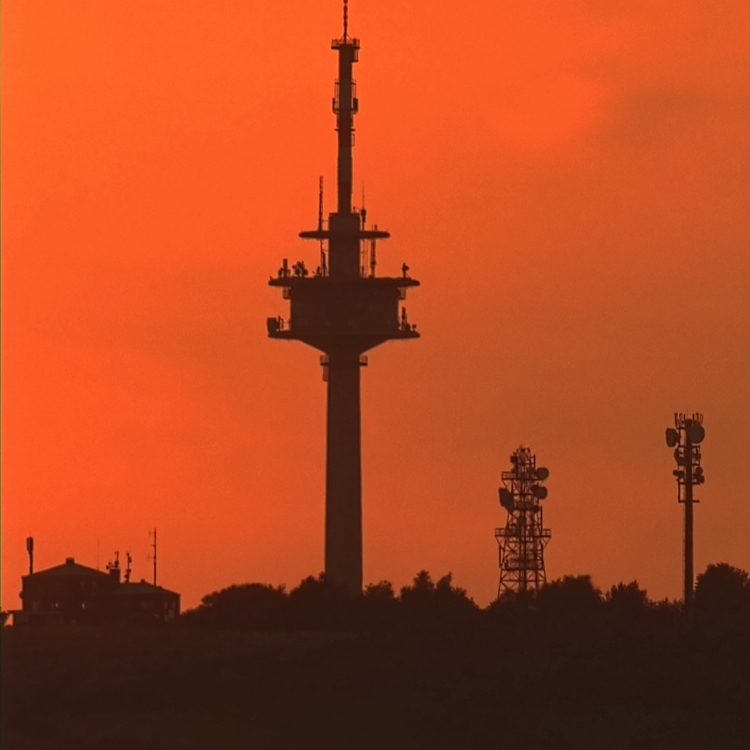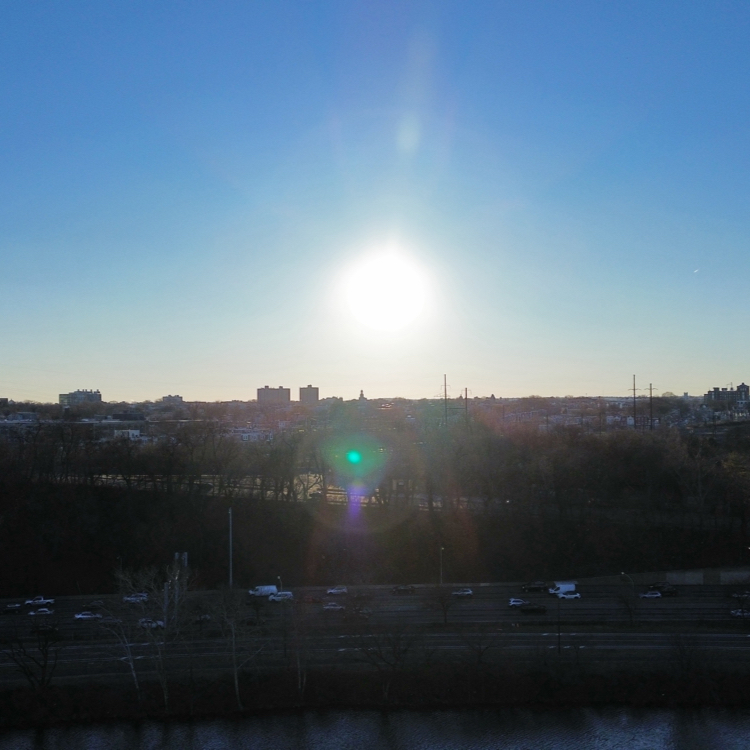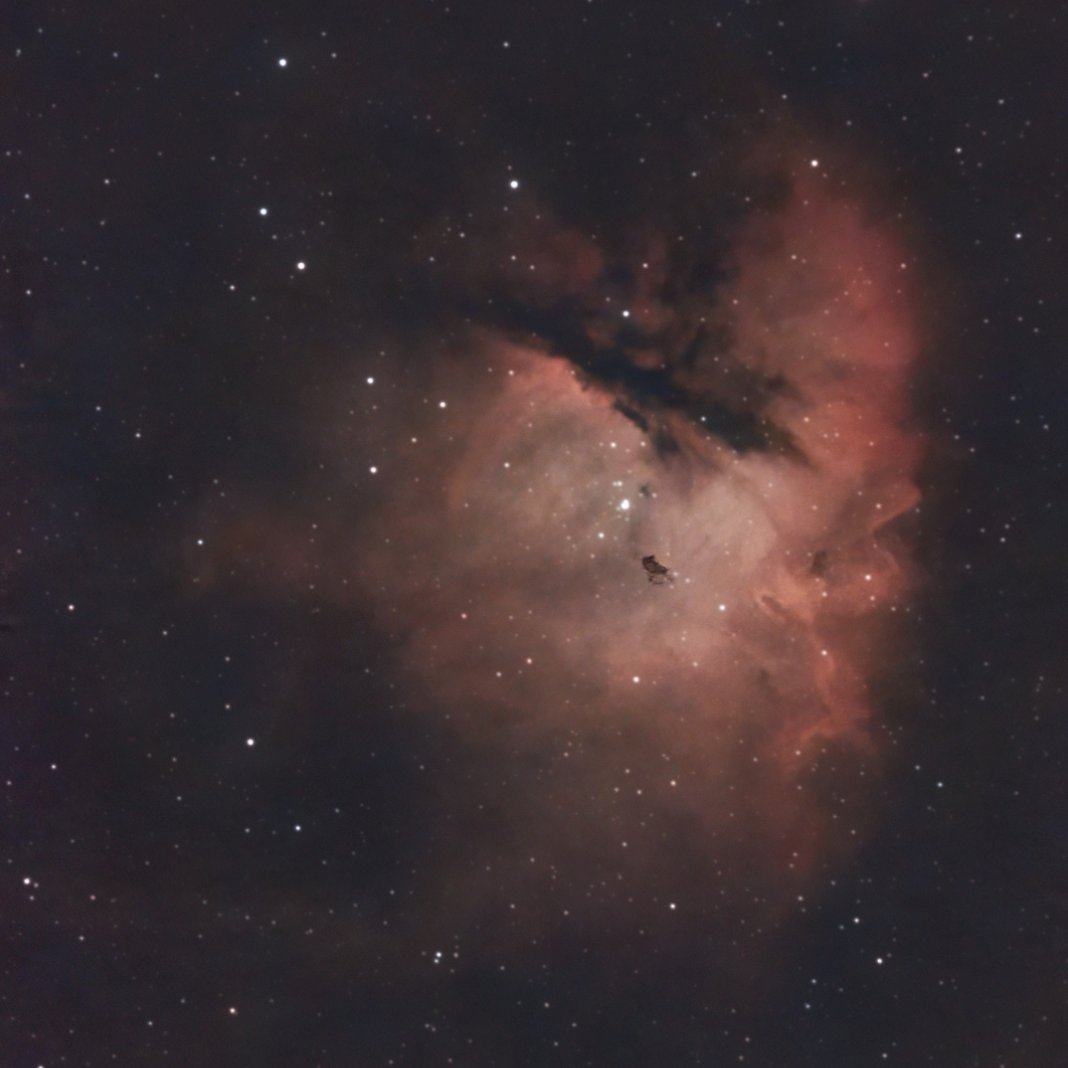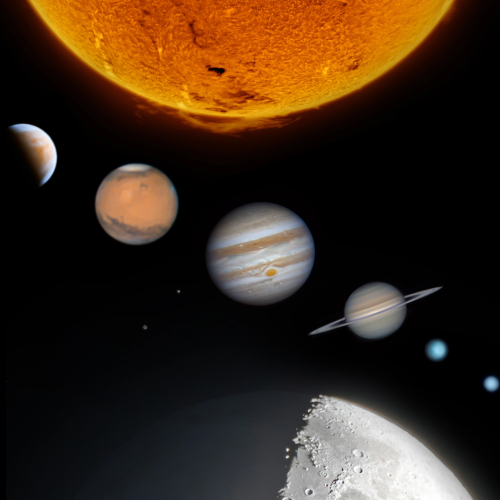

Planetary Photography
Creat Post
DocPstars
Imaging the “new” moon on a Seestar S50
I'm starting the moon phase challenge and I'll have no problem getting waxing/waning crescents and gibbous shots. The full moon won't be too much of a problem either. But the "new" moon will be tricky I think. First, the timing will be very close to sunrise or sunset so ambient light will drive the Seestar batty. Secondly, how will I focus effectively? Do I get out of Lunar mode? Any tips out there will be greatly appreciated. Thanks in advance. DocPStars
逍遙黑傑克
ASI air mini 行星後期問題...?
自從ASI air mini上一次大約半年前更新後我比較少拍行星,今天拍攝後做後期疊加,結果出來的圖像讓我傻眼....(下方是做完疊加後原始檔案都沒動過) 這是發生什麼狀況了? 我試了幾次關機重製都一樣..... 但是深空部分又都是正常的 昨晚的月亮也是正常的 只有行星部分....很不正常 期待大神解答
EndrDrag0n
Taking a picture of every moon phase!🌕
Tonight is a full moon but I'm taking a picture of every moon phase with my Seestar s30. I will post it soon stay tuned!!#Moon Phase Tracker#
EndrDrag0n
I want a good budget scope for planetary imaging. Any recommendations?
I'm looking into it but a perferably motorized scope that's in a range from like 1000-1500$ but you can go over a bit. Lmk you best recommendations!😁
Lyra
Why does the sun I shot through the eyepiece have shadows?
I don't know what the reason is.It should be dust on the lens.How much dust is there in the picture?🤔
Skyme
Neptune and Triton with Seestar🔵
Last night, under the bright light of a full moon, I somehow managed to capture a picture of Neptune and its moon, Triton!Initially, I only aimed to capture Neptune. However, after a few frames, I was pleasantly surprised to see a small white dot beside it!I wasn't aware that with such a small telescope as the Seestar, I could capture the moon of a planet so far away—Neptune, actually the most distant planet in our solar system!!☀️ (*Because Pluto was nerfed..xD)About Neptune🔵 Neptune: The Distant Blue Jewel of Our Solar FamilyWay out past Saturn and Uranus, in the far reaches of our solar system, there's a world that looks like it was painted from a dream: Neptune. With its deep sapphire-blue color and soft, swirling clouds, Neptune feels like the quiet, mysterious cousin in our planetary family.It's the eighth and most distant planet from the Sun, orbiting so far away that a single year there lasts 165 Earth years. Imagine—if you were born on Neptune, you wouldn't even celebrate your first birthday! The planet's rich blue hue comes from methane in its atmosphere, which absorbs red light and reflects that brilliant color back to us.Neptune may look calm from afar, but it's actually home to the fastest winds in the solar system, racing at over 1,200 miles per hour🌪️. These mighty winds whip up huge storms, including the famous Great Dark Spot—Neptune's version of Jupiter's Great Red Spot, but moodier and more fleeting.Despite being cold🧊, windy💨, and impossibly far away, Neptune is a reminder that beauty thrives in unexpected places. It's a quiet guardian on the edge of our solar neighborhood, keeping its secrets while dazzling us with that unforgettable shade of blue.The ImageHere's the photo of Neptune:You can't see much, can you?Let me zoom in a little for you:Here you can see a tiny little dot near a slightly larger one.The larger one is Neptune, and the smaller one is its moon: Triton. They appear so close that it almost looks like they're touching! But here's the interesting fact: The real distance between them is 354,800 kilometers!!🫨This "touching" effect is due to the low resolution and small aperture of the Seestar telescope. That's why I hope the ASI company will create something like the Seestar S80, allowing us to observe even greater distances with clarity.You can find the full-resolution version of this image here⭐And also this article in little bit better version at my blog
mikicoma
Observational Report: Telescopic Imaging of Saturn and Ring System
Author: mikicoma Date of Observation: 7 August 2025 Location: Spilamberto, Italy Instrument: Telescope: Sky-Watcher 200/800 Newtonian Reflector (200 mm aperture, 800 mm focal length, f/4) Barlow: 3× (effective focal length 2400 mm, f/12)Mount: Sky-Watcher EQ6-R Pro equatorial mountCamera: ZWO ASI662MC color planetary cameraControl/Acquisition: ZWO ASIAIR PlusAccessories: No coma corrector used for planetary imaging 1. Introduction Saturn remains one of the most captivating targets in planetary observation due to its prominent ring system and seasonal variations in appearance. In mid-2025, the planet’s rings present at a shallow tilt to Earth, approaching the predicted ring-plane crossing later in the year. On 7 August 2025, an observation from Spilamberto, Italy, recorded Saturn using a fast Newtonian telescope paired with a high-speed CMOS planetary camera and a 3× Barlow lens to optimize image scale. 2. Observational Conditions Atmospheric seeing appeared moderate, limiting resolution despite good optical and imaging equipment. Transparency was sufficient for planetary observation, and the use of a 3× Barlow increased the image scale to approximately f/12 — close to ideal for sampling with the ASI662MC. The image appears to be based on a single or minimally processed frame rather than a stacked sequence, resulting in visible softness and reduced fine detail. 3. Results and Feature Identification 3.1 Planetary Disk Shape: Nearly circular, indicating minimal foreshortening at the time of observation. Coloration: Dominated by yellow-beige tones of the ammonia cloud layer.Atmospheric detail: No discrete storm systems or clear banding resolved at this scale. 3.2 Ring System Inclination: Shallow, consistent with late-season geometry approaching ring-plane crossing. Structure: A and B rings visible as a unified structure. Slight brightness change possibly indicating the Cassini Division, though not sharply resolved. 3.3 Orientation The north pole is tilted toward the upper right in the image, consistent with Saturn’s seasonal alignment in August 2025. 4. Discussion The configuration used here is capable of far higher detail than shown in the raw capture. For optimal planetary results: Video Capture & Stacking – Record several thousand frames and stack the sharpest 10–20% to freeze moments of good seeing.Wavelet Sharpening – Use RegiStax or Astrosurface to enhance subtle ring and atmospheric features.Collimation – At f/4 native, precise collimation is essential to ensure sharp f/12 performance after the Barlow.Atmospheric Timing – Capture near the planet’s meridian passage to minimize atmospheric dispersion. 5. Conclusion Post processed photo: This observation successfully captures Saturn’s disk and ring system at a time of reduced inclination, serving as a visual record from Spilamberto during the 2025 ring-plane crossing season. The use of a 3× Barlow was appropriate for the camera and optical system, enabling an image scale suitable for high-resolution planetary work. With stacking and post-processing, this setup can reveal the Cassini Division, ring shadows, and atmospheric banding in much greater clarity.
Jevdet
Got some great shots tonight!!
Got some great shots tonight, hoping to post tomorrow after processing/stacking. (Saturn, Neptune, and Uranus)
Beny81
s24 ultra to zwo asi715mc for viewing on a newtonian.?
Hey everyone can I use galaxy s24 ultra with a zwo asi715mc to view out of my newtonian telescope.
FlamiFlamou
Hello ! I wanted to know,can i capture Venus during daytime ?
And i have a 2nd question :When will it be visible at night , in Canada ?
FlamiFlamou
RAW video of Jupiter @Harold Soto
@Harold Soto Can you tell me how do i record a RAW video of Jupiter? When i point it,it goes directly to the stacking mode
JulieK90
Help with the Moon Phase Tracker?
I'm currently trying to do the Moon Phase Tracker Challenge. But I wonder how it is possible to take a picture of the New Moon? Where I live, the New Moon is so close to the Sun that it's impossible to see it. How can I take a picture of it (without the solar filter it seems dangerous!)?
